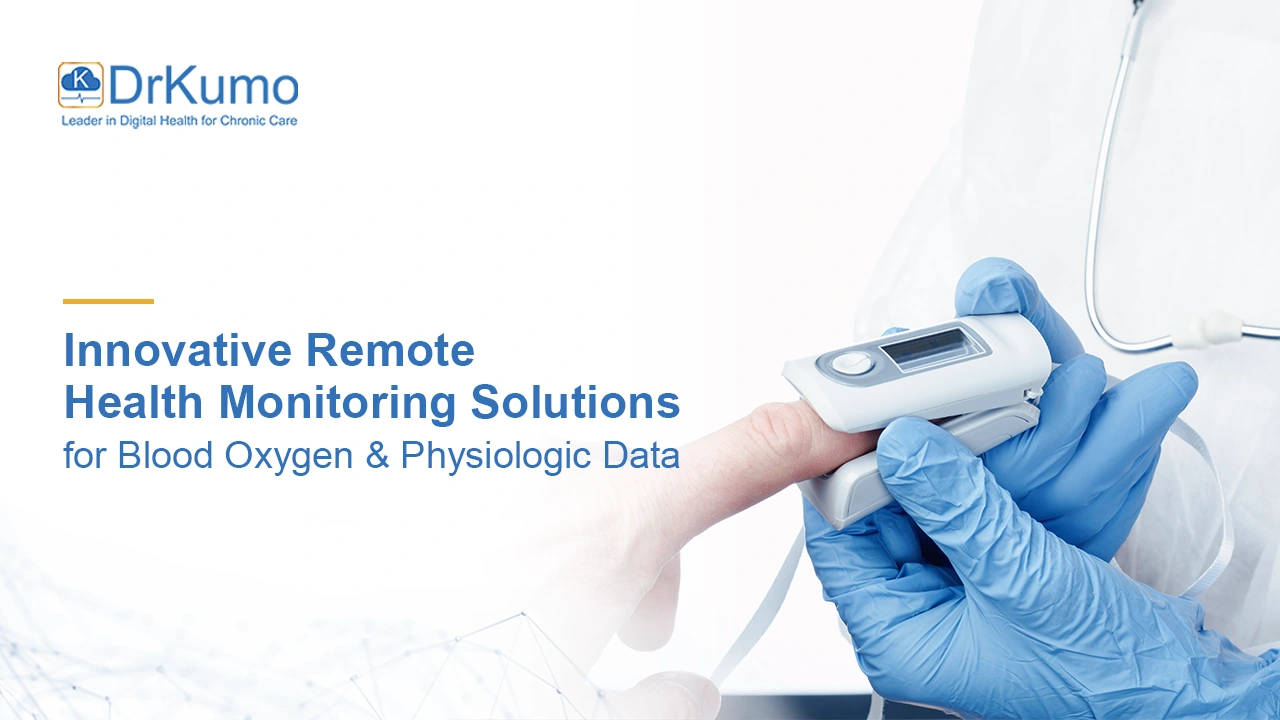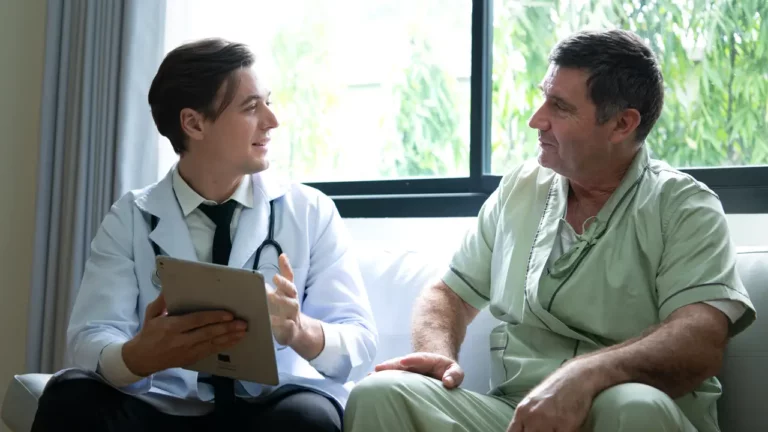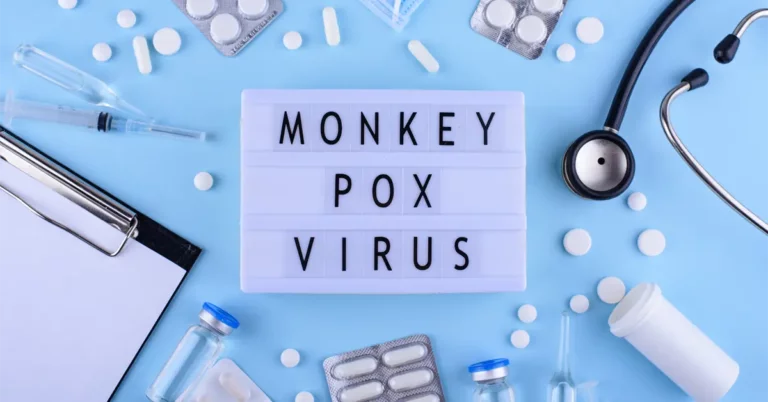Remote health monitoring solutions such as remote patient monitoring (RPM), has revolutionized how physicians manage and treat patients, particularly those with chronic conditions. Healthcare providers can now use advanced medical devices to track important health data. Through RPM, they can monitor blood oxygen levels, heart rates, and blood pressure in real-time. This continuous monitoring helps improve patient outcomes by enabling quick intervention when necessary, ultimately offering more personalized and efficient care.
This blog will discuss how RPM is transforming healthcare by enabling real-time tracking of vital health data like blood oxygen, heart rate, and blood pressure. We’ll highlight how RPM improves patient outcomes through timely interventions and more efficient care management.
Why Remote Health Monitoring Matters for Blood Oxygen and Physiologic Data
Remote health monitoring involves the continuous collection of patient data using medical devices designed to transmit physiologic information directly to healthcare providers. For doctors, having real-time access to patient data is very important. This is especially true for patients with chronic conditions like COPD or heart disease.
Monitoring blood oxygen levels and other important health indicators gives useful information about a patient’s overall health. This helps doctors make better decisions about their care.
Monitoring Blood Oxygen Levels
Blood oxygen levels are one of the most important indicators of respiratory health. Traditionally measured using pulse oximeters, monitoring oxygen levels remotely allows physicians to catch early signs of hypoxemia or other complications.
Remote health monitoring allows for continuous tracking. This gives healthcare providers an accurate view of a patient’s respiratory function. Patients do not need to make frequent office visits.
By using remote patient monitoring devices in care plans, patients can manage their health at home. This allows doctors to respond quickly to important changes in blood oxygen levels. This quick response can help prevent serious issues like respiratory failure.
Monitoring Physiologic Data for Better Health Outcomes
Remote health monitoring goes beyond just blood oxygen levels. It also collects important data like heart rates, blood pressure, and temperature. These data points give healthcare providers a fuller picture of a patient’s health condition. For patients with chronic conditions like high blood pressure or diabetes, tracking data continuously helps doctors adjust treatments quickly.
Platforms like DrKumo help collect various patient health data from the comfort of their homes, or even when on the go, and transmit it securely to their healthcare provider. This allows healthcare providers to get alerts if a patient’s condition worsens. This proactive monitoring helps in reducing hospital readmissions and ensures timely interventions, improving health outcomes for patients.
The Role of Remote Health Monitoring in Managing Chronic Conditions
Patients with chronic conditions, such as heart disease or COPD, benefit greatly from remote health monitoring. These conditions often need regular checks of health data. With remote monitoring, doctors can track patient health without many hospital visits.
This is especially helpful for patients with white coat hypertension. This condition causes blood pressure to rise in a doctor’s office.
By using remote patient monitoring devices, healthcare providers can obtain more accurate readings of blood pressure and other vitals, reflecting the patient’s normal condition at home. RPM programs have shown success in improving patient outcomes. They reduce the need for in-person visits. These programs also provide a cost-effective way to manage chronic diseases.
Remote Health Monitoring Devices and Technologies
Advancements in technology have made it easier for physicians to implement remote health monitoring in their practice. DrKumo is a leader in safe and smart digital health solutions.
They offer many FDA-approved devices. These devices include blood pressure monitors, pulse oximeters, and blood glucometers. The devices integrate seamlessly with DrKumo’s RPM software, which helps healthcare providers securely receive and organize health data in real-time.
DrKumo’s platform is a central hub for healthcare professionals. It helps them manage and review patient data. This ensures they have the tools needed to monitor patient conditions effectively. This platform complies with strict HIPAA requirements, ensuring that all users securely transmit and store patient data.
How Remote Health Monitoring Improves Physician-Patient Relationships
Remote health monitoring enhances the physician-patient relationship by fostering greater communication and collaboration. Doctors can use real-time data to connect with patients better. They can give advice and feedback based on accurate health information.
Doctors use monitoring devices to involve patients in their care. This helps patients take a more active role in managing their health.
For healthcare organizations, adopting remote health monitoring improves workflow efficiency, as physiologic data can be accessed remotely, reducing the need for time-consuming in-person visits while still maintaining a high standard of care.
Benefits for Physicians and Healthcare Organizations
The adoption of remote health monitoring offers significant advantages for physicians and healthcare organizations. First, it allows for more efficient use of time and resources. By tracking health data remotely, physicians can spend less time conducting routine check-ups and more time addressing acute issues.
RPM programs also lessen the load on hospitals and clinics. This helps improve patient flow and ensures that hospital resources are ready for those in critical need.
Healthcare organizations can use data from RPM devices to analyze trends in patient groups. This helps them make better decisions and create personalized care plans for chronic conditions.
Takeaways
The benefits of remote health monitoring for tracking blood oxygen levels and physiologic data are clear. With new RPM technologies and platforms like DrKumo’s, healthcare providers can provide better care to patients while also reducing the number of patient visits. As more doctors use remote patient monitoring, the healthcare industry will improve chronic care management and patient outcomes.
To learn more about how DrKumo’s remote health monitoring can improve your practice, contact us today.
Disclaimer: Remote health monitoring is not intended for emergency use. Patients should seek immediate medical attention in case of an emergency.








